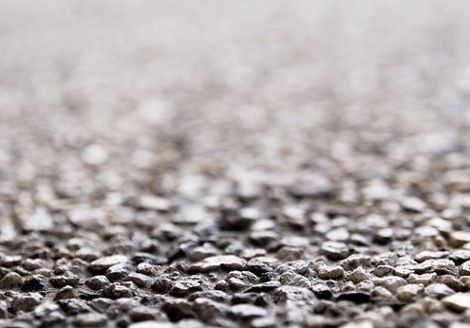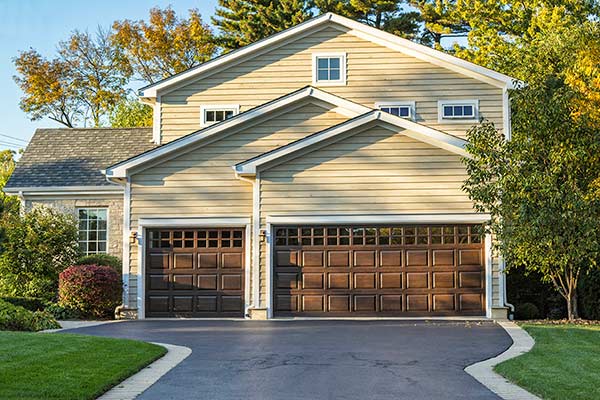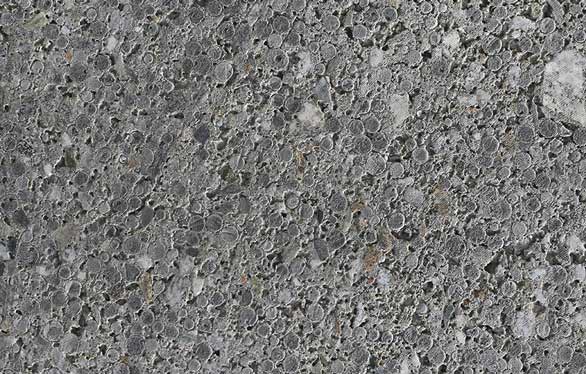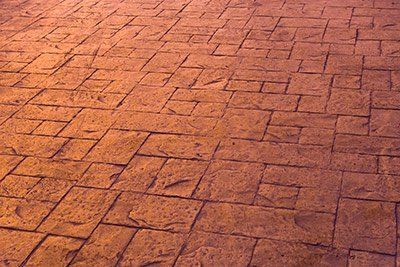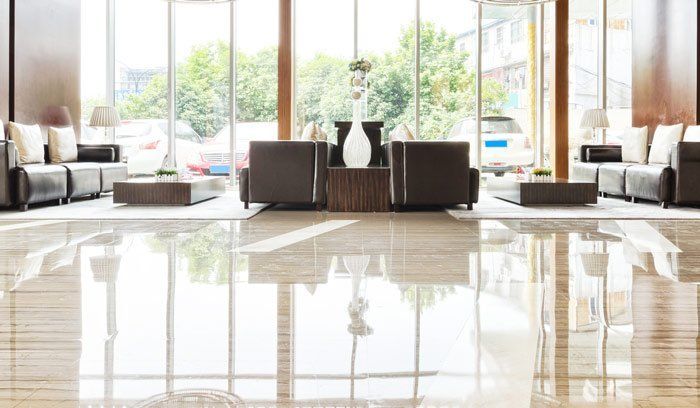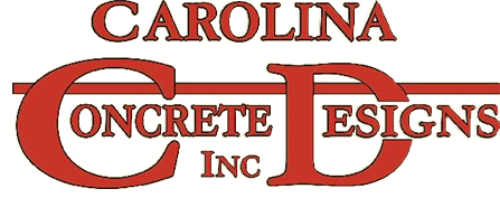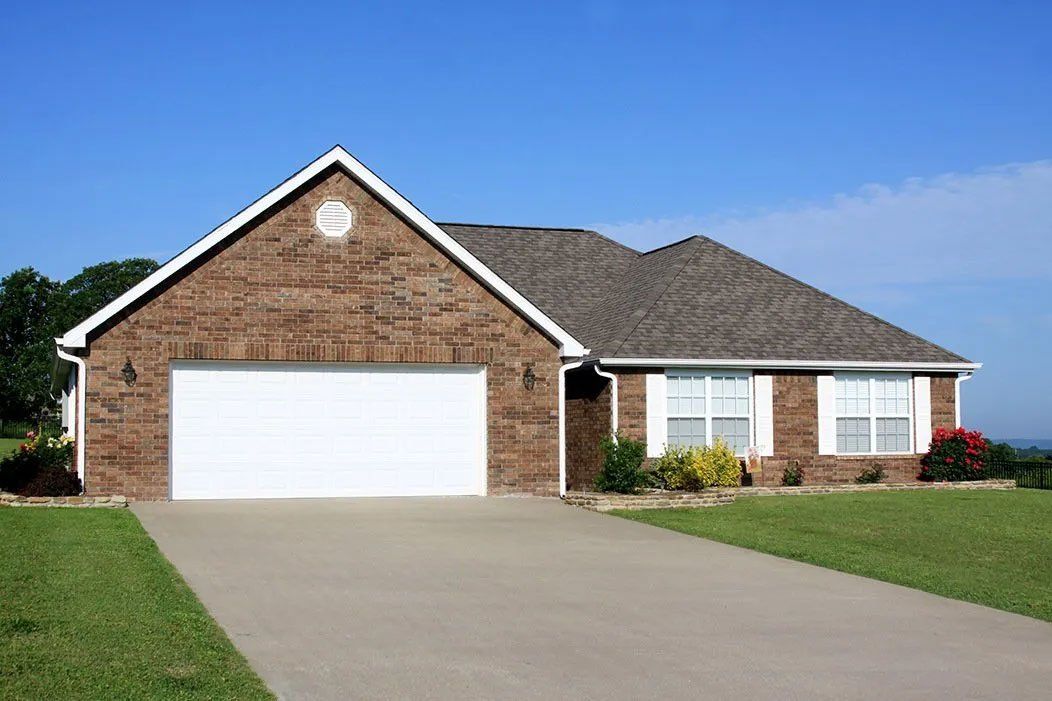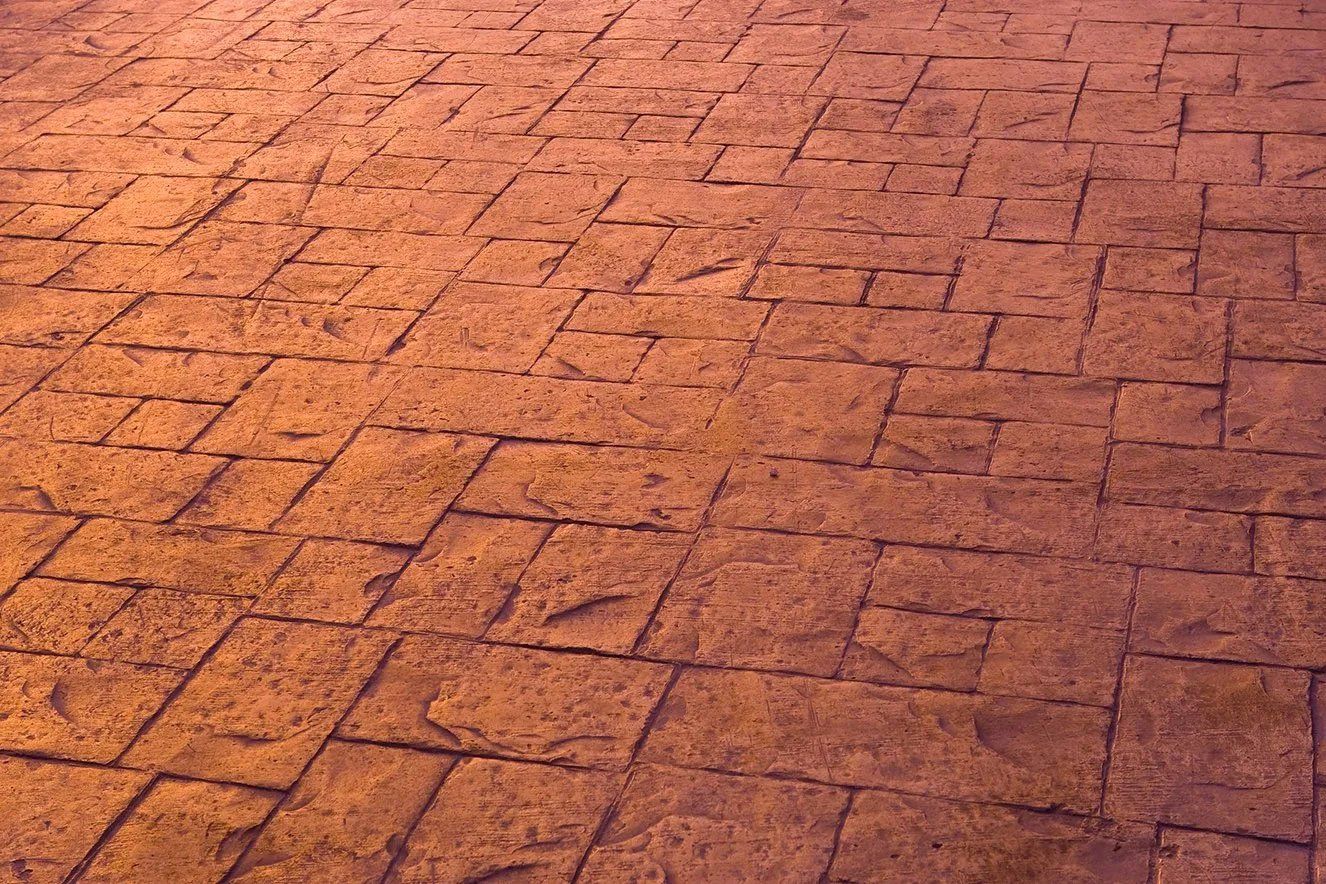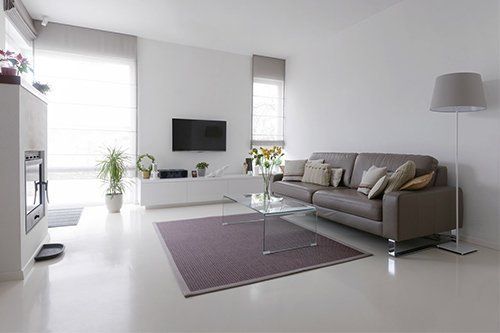One of the most popular styles of decorative concrete today goes by the name of exposed aggregate concrete. Such concrete has a unique visual quality, one that homeowners can custom tailor through their selection of decorative aggregate. Furthermore, the textured surface makes exposed aggregate concrete a great choice for increasing traction in high traffic areas like pool decks.
Many homeowners shy away from exposed aggregate concrete, assuming that it is difficult - and costly - to install. Yet contractors can actually create exposed aggregate surfaces using a variety of different techniques. This article outlines three different methods used in creating exposed aggregate concrete.
1. Manual Brushing
The oldest method of installing exposed aggregate also happens to be the simplest - at least from the materials and tools standpoint. First, contractors install the concrete slab according to normal methods, erecting forms, pouring the concrete, leveling it with a screed, and allowing it to partially cure.
Next, contractors must carefully gauge the right time to begin the exposing process. The concrete should cure to the point that any water sheen has entirely disappeared from the surface. At this point, the concrete should support the body weight of a worker without compressing, shifting, or otherwise deflecting.
Beginning at one corner of the slab, the contractor now uses a hose to wet the surface of the concrete. The water loosens up the top layer of cement paste. Workers then expose aggregate by brushing the wet cement with a nylon bristled brush, progressively pushing the water and cement mixture across the slab.
The installer must complete the brushing and washing process in a single pass. Wetting and brushing the concrete a second time causes excessive weakening in the remaining cement paste. As a result, aggregate particles stand a greater chance of working free overtime. After washing, the contractor may choose to retrowel the surface to ensure thorough aggregate adhesion.
2. Surface Retarders
Surface retarders consist of chemical treatments that workers apply to the surface of the slab early in the curing process - generally soon after all of the bleed water has finished dissipated. Surface retarders prevent the cement paste at the top of the concrete from hardening. Meanwhile, however, all of the deeper concrete continues to cure as normal.
Surface retarders make exposing aggregate easier in several regards. First of all, they increase the window of time a contractor has to complete the installation by preventing the hydration process from occurring at the normal rate. This delay proves especially beneficial when working in hot or windy conditions, which would otherwise accelerate the rate of curing.
Surface retarders also make it easier to remove cement paste from the surface. Some contractors use a broom to remove the paste, while others simply use a hose or pressure washer. In any case, surface retarders allow contractors to control the depth of exposure to a greater degree.
3. Sandblasting
The third method of exposing aggregate takes a much different approach. Here, the contractor allows the concrete to harden completely, then uses a sandblaster to abrade cement from the surface. This technique may even be used on pre-existing concrete slabs, although the results will only be as attractive as the aggregate in the concrete.
Sandblasting alleviates concerns about completing the exposure within an appropriate time window. That said, this technique can have an adverse effect on the aggregate. A blaster with too much power may dull or even damage the aggregate and negatively impact not only its appearance, but also its structural stability.
Each of the techniques used to expose concrete aggregate has its own strengths and weaknesses. For more information about the most effective method for achieving your dream patio or pool deck, please
contact our concrete pros
at
Carolina Concrete Designs Inc.
